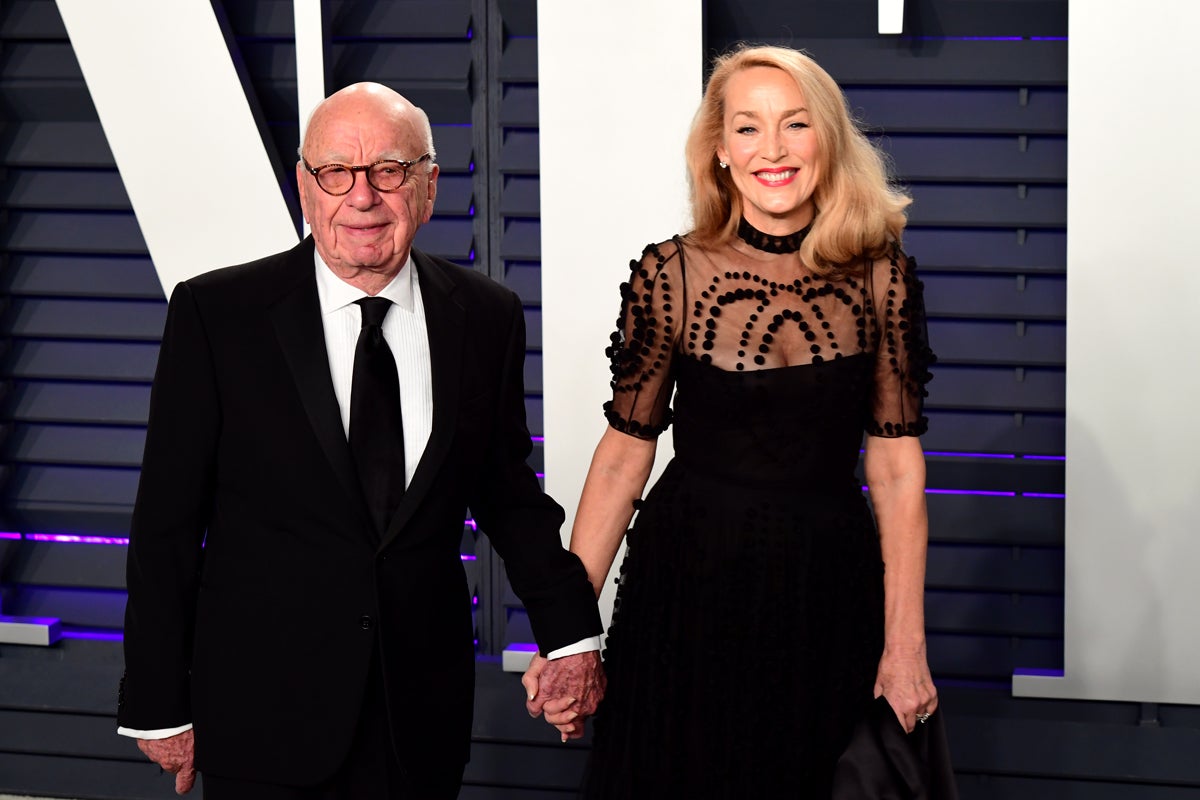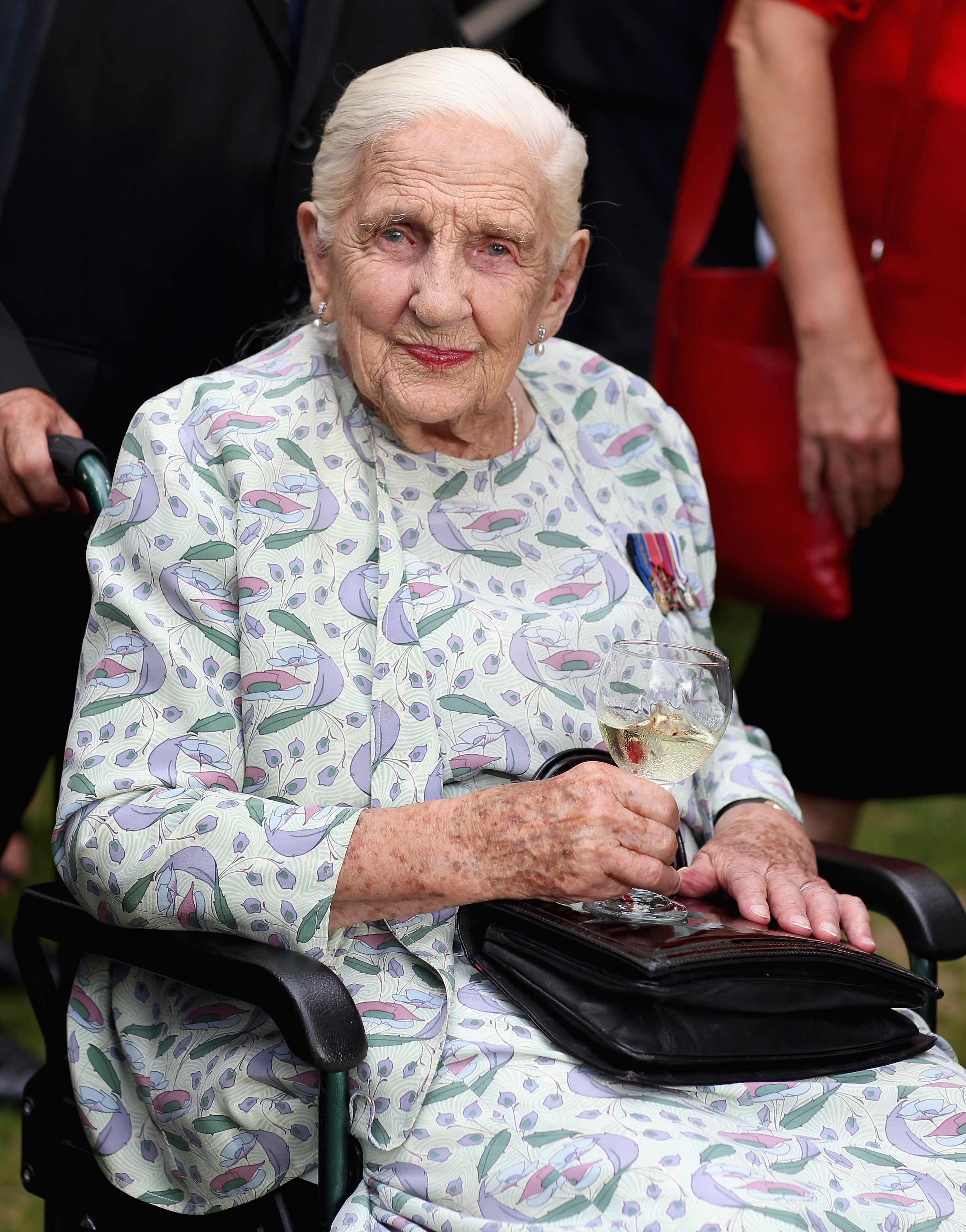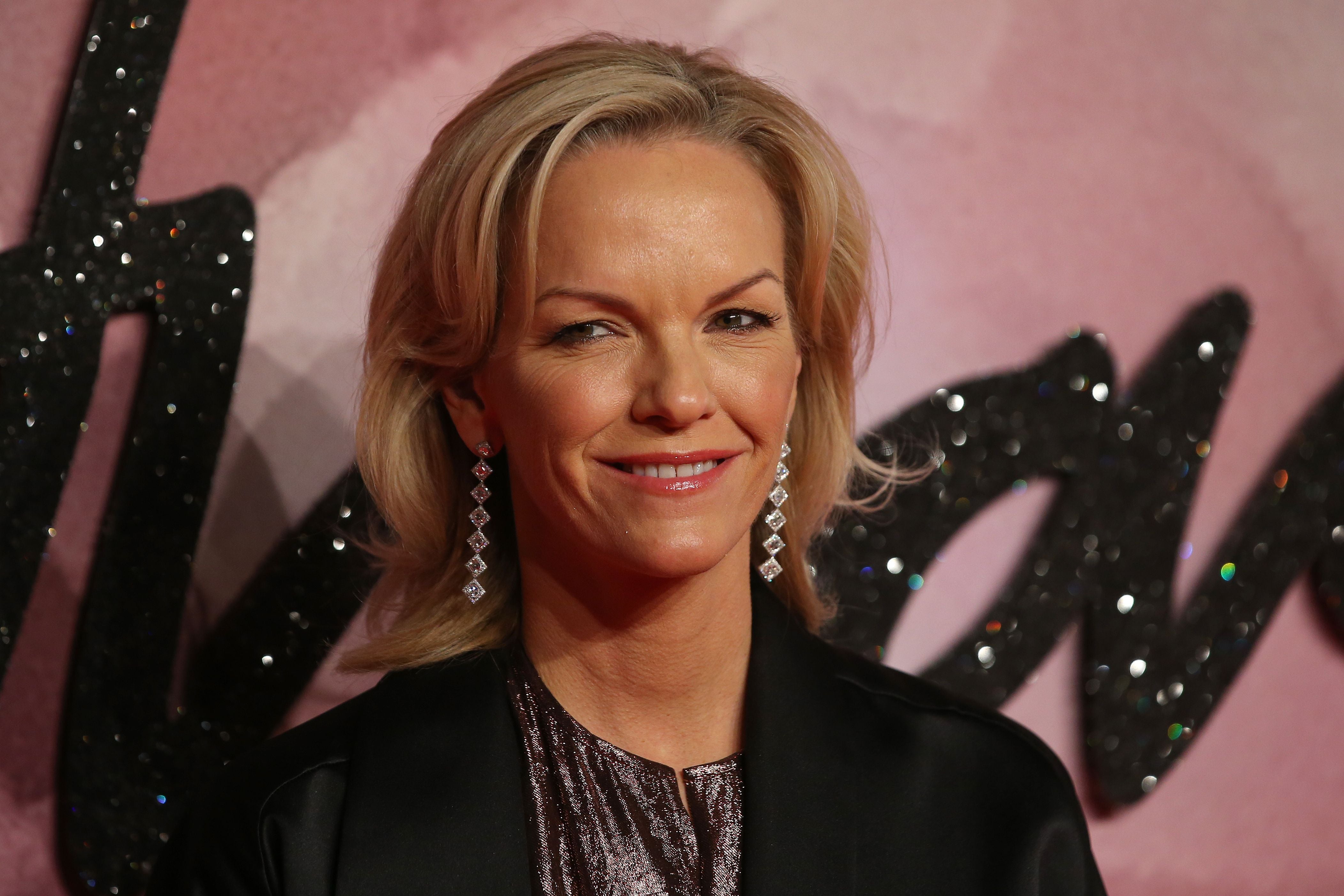The real Succession: The women that made Rupert Murdoch
In the first of a two-part series, Chris Horrie takes a look behind the curtain at the real-life battle over the media mogul’s empire


The year was 2017 and Rupert Murdoch’s empire appeared to be on the point of potential collapse. His UK operation was engulfed in the backwash of the phone hacking scandal, which meant that a $12bn bid to buy Sky TV was being blocked by British regulators. In the US a sexual abuse scandal had engulfed Fox TV.
Then at the turn of the year personal disaster struck. The 85-year-old Murdoch suffered a near fatal fall while vacationing on his yacht in the Caribbean. He was flown to a hospital in Los Angeles where he required emergency surgery on his spine, putting him at risk of paralysis or even death. Jerry Hall, his newly acquired wife, 25 years his junior, called his sometimes squabbling adult children urging them to come to Murdoch’s hospital bedside. It is an open secret that the scene was later vividly recreated in the hit HBO drama series Succession. At the same time the incident was hushed up until it was revealed by The New York Times more than a year later. Murdoch’s need to project an image of health and vitality was one reason why he had married Jerry Hall the previous year. The legend of his complete grip on the direction of his troubled and sprawling empire was vital to its stability, even to its very existence.
More than anyone else Murdoch understood both the strengths and weaknesses of family run-businesses. It had been ingrained in him by his own parents, and he had spent a lifetime exploiting weaknesses and ego clashes in the family dynasties of rival media barons in both the UK and the US to his own predatory advantage. He had acquired the very cornerstone of his empire in the 1960s by exploiting the decadence and division of the family who owned the News of the World to buy it for a song and turn it and its daily sister paper The Sun – into the financial powerhouse of his media empire for three decades, providing him with the capital for his bold moves into pay television in the UK and America.
Looking back, Murdoch said he had been amazed by how easy it had been to break into the British newspaper business. He did so by exploiting divisions in the dysfunctional and decadent Carr family who owned the News of the World, once the biggest selling paper on the planet. Sir William Carr, majority shareholder and grandson of the founder of the paper in its Victorian heyday was an alcoholic who had run the paper into the ground, using its profits to fund a lavish lifestyle including private family boxes at the opera and at Ascot. By 1967 Carr’s gambling debts were so severe they had bankrupted the company and put the News of the World in play. There was blood in the water and Murdoch moved in quickly to buy the paper, seeing off a rival bid from Robert Maxwell. There was, however, not much threat from that quarter. Carr was a dedicated antisemite. He would not sell to Maxwell because he was Jewish.
Murdoch later acquired The Times and Sunday Times in London from the high-minded Lord Thompson who had failed to make them viable after years of mismanagement by the Astor family. The Astors had been happy to cover the paper’s losses as the price of status within Conservative Party politics and aristocratic and court social life. Much later Murdoch, after his move to the US, exploited division and squabbles within the Bancroft family of Boston socialites who had inherited The Wall Street Journal and ownership of the Dow Jones index, lining up those more eager to sell in order secure control of the paper.
For Murdoch, there was a lesson in all this. He was determined that the fate of his family would not follow the very same arch of rise, liberal-minded respectability, decadence and dissolution from which he continued to profit. It was vital therefore that he maintained personal control over his company and, more importantly, his family – underlining the enormous role women have played in the development of his empire.
In reflective moments Murdoch would say that by far the greatest influence on his life was his mother, Dame Elisabeth Murdoch – a dominating and somewhat ferocious “disciplinarian”, as Murdoch put it – who kept the family together and in line after the death from cancer in 1952 of Rupert’s father Keith. She lived to be 103. Murdoch adored her and even attributes his own longevity to her genes and has said he expects to be active well after he reaches the age of 100. At her memorial service in 2012 Murdoch described how she had frequently hit him: “[For my mother], love wasn’t something soft and mushy – it is strong and reliable – the greatest source of comfort in this world.”

Murdoch married his first wife Patricia when he was 25 and still based in Australia. The marriage lasted 11 years and produced his first daughter, Prudence. But unlike her mother Prudence followed Murdoch to London, became a member of the board of his company and married the CEO of the London Times after Murdoch acquired the paper. Thereafter she developed the sort of reputation for hedonism and the high life, exactly along the lines Murdoch might have feared. Accounts of her spats with father, her complaints about family life are confined mostly to the social pages or the higher-end fashion magazines: she called him a “dirty old man” in a documentary interview; he allegedly told her she was ugly and needed a facelift. Prudence now plays a purely passive role in Murdoch dynasty succession planning and politics.
In 1967 Murdoch married his second wife Anna. It was the same year in which he bought the News of the World and moved to London. A year later Anna gave birth to Elisabeth Murdoch, quickly followed by two sons, Lachlan and James. From the start all three were groomed to one day take over the business and, to an extent, to compete with each other for the attention and favour of their father. Eventually Elisabeth – “Liz” – would emerge as the most likely contender.
But the nature of Murdoch’s business in the 1970s was already putting strains on the family, and especially on Anna. Murdoch’s image now is that of a ruthless businessman, political influence-monger and, perhaps, right-wing propagandist. Back then he was above all else thought of as a pornographer, a low-life who immersed in the crime and sex scandal stories of his tabloids. Anna made it clear that she certainly wouldn’t allow copies of the News of the World into the family home. Later, after her marriage was already in trouble, she wrote a novel featuring a fictional tabloid media mogul who ran a brothel on the side in order to provide stories and blackmail the punters. It was fairly obvious that the brothel-keeper was based on Rupert.
Through all this Murdoch forged an alliance with yet another strong female who provided indispensable political support for the newspaper acquisitions and union busting which were to provide the profits and capital needed for his move into pay TV. Margaret Thatcher, more than anyone else, was the woman who made Rupert Murdoch.
What on earth is this baby going to be like, with the blood of Rupert Murdoch and Sigmund Freud running about its veins?
Two decades after acquiring the News of the World, Murdoch was once again to acquire the wreckage of a newspaper business – The Times and the Sunday Times. In order to acquire the titles Murdoch needed Margaret Thatcher as prime minister to waive anti-monopoly legislation preventing ownership of multiple titles by a single company. In return he provided unwavering political support in the form of tabloid character assassination of her political opponents.
But Margaret Thatcher was not the only woman who shaped Rupert Murdoch’s fortunes in the his early empire building days. The other was Princess Diana – or “The Princess of Sales” as his tabloid editors called her in tribute to leaps in circulation which would take place whenever the paper invaded her privacy. No other figure when dragged through the mud could boost circulation in anything like the same way. The most egregious of many examples was the 1993 “Squidgygate” saga, when Murdoch’s Sun got hold of tapes of a bugged phone conversation between Diana and James Gilbey, a former lover. It featured a lot of heavy breathing from Diana and Gilbey. She called him by the pet name Squidgy, and at one point she asked him if he was masturbating as he listened to her. She also expressed a desire to avoid getting pregnant by Gilbey, thus potentially putting the legitimacy of her children in doubt. The Sun got the story into print in an ingenious way. The tape was “leaked” to an Australian TV station, which broadcast parts, and summarised the rest.
The palace officially denounced the tape as a fake, and the story as a smear. The denial gave The Sun the excuse it needed to print the transcript in full on the po-faced grounds that it was in the public interest to expose the dishonesty of the Buckingham Palace press office. It seemed impossible that the Charles and Diana marriage would survive after Squidgygate. To make sure, The Sun followed up through the year with Diana sex front pages on the majority of days – outrages included a full front page nude “artist’s impression” of Diana; and a story that she had not had sex for seven years following the birth of her children.
At the time of Squidgygate Murdoch’s own daughter Elisabeth was 20 years old, and safely insulated from tabloid Britain as a student in California. Although she was born in Wimbledon, she grew up and finished school and university in New York. Rupert had moved the family to New York and was already planning to conquer the city and ultimately the whole country through media acquisitions.
Succession politics in the squabbling Hearst family had once again provided Murdoch with an opportunity and a lesson. William Randolph Hearst had every claim to have been the inventor of modern newspapers at the start of the 20th century. He had been the model for Citizen Kane.
Hearst maintained complete personal control of his newspaper empire, amounting to papers in every major US city, until his death from a stroke in 1951, age 88. Hearst had bequeathed his empire to a trust controlled by five of his closest relatives and eight of his most favoured executives. The result was endless politicking by trust members and chronic bad management. The papers slid into debt and Murdoch moved in for the kill.
Murdoch moved in and bought Hearst’s failing San Antonio title, the Express-News. It was his first acquisition in the US. Murdoch had also launched a new supermarket tabloid, The Star, based on the model of The Sun. Most famously Murdoch bought the New York Post from yet another ailing newspaper proprietor, turning it around and nakedly using it to trade political support for regulatory favours. A young Donald Trump was featured regularly in the paper – promoting his latest business venture or quenching the thirst for publicity and attention that Trump continued to display as president.

In 1985 Murdoch became a US citizen. Now in his mid-50s he was determined to avoid the sort of family succession crisis that had afflicted other dynasties and began preparing Liz for the succession. She was given a senior executive position at Sky TV and at first things went well. Liz proved to be highly intelligent and personable and progressed well in the role. Less pleasingly for Murdoch, Liz began to buy into the fashionable world of Cool Britannia – becoming close with New Labour figures such as Peter Mandelson and using Sky’s money to fund fashionable projects such as the Millenium Dome. She fell out with Sam Chisholm, the abrasive, foul-mouthed and financially driven Australian “tabloid television” executive who Murdoch had brought in to cut costs and create a pay TV monopoly. Murdoch had to choose between Chisholm and Liz. He chose Chisholm and his hard-headed, commercial approach. Liz left Sky to set up Shine, an independent TV production company with the help of Waheed Alli – an openly gay Muslim Labour Party politician and a pioneer of trendy alternative “yoof” television at Channel Four.
In fact Liz had been moving in these alarmingly liberal directions ever since she was at university in California. In 1993 she had married Elkin Kwesi Pianim, the merchant banker son of the Ghanaian economist and former political prisoner Andrews Kwame Pianim. The marriage broke up and in 2001, Liz married into media and public relations royalty in the person of Matthew Freud, great grandson of Sigmund Freud.
Freud, like Liz, was based in both London and New York and provided her with an even more direct entrée into the transatlantic world of what the Murdoch media would call the “globalists” and “liberal elite”. These were the sort of people who cursed the very ground on which Murdoch walked. In a further complication Matthew Freud had previously been married into the family of Earl Spencer, the brother of Princess Diana who had accused Murdoch’s Sun of hounding his sister to her death. After the birth of Liz’s daughter Charlotte in 2001 Anna Murdoch wondered out loud in an Australian interview: “What on earth is this baby going to be like, with the blood of Rupert Murdoch and Sigmund Freud running about its veins?”
Then Murdoch took the step that ensured the growing gulf between him and Liz became a chasm. In 1999, with all three of his children grown to maturity and having finished their education, Murdoch divorced Anna in order to marry Wendi Deng, a Chinese government-approved executive at Murdoch’s Hong Kong-based Star TV satellite channel, launched in 1993.
His children were horrified. Anna, as they saw it, had been treated with astonishing callousness – pushed aside as soon as they were able to stand on their own two feet without her support. Anna had raised them and stood by Rupert through thick and thin – even putting her own life at risk.
In 1970 she narrowly escaped kidnapping and murder by gangsters who had targeted Murdoch after watching him in a famous TV interview where he had been castigated and humiliated as a pornographer and a “vulgar millionaire”. The gang mistook the wife of Murdoch’s deputy in London for Anna, bundling her into a car, demanding a ransom and murdering her in an especially gruesome way once it was not forthcoming.
There were times when Liz and her brothers were openly hostile to Wendi Deng, a woman 37 years his junior who, James alleged, was a Chinese government spy. Two years ago it was in fact revealed that the FBI investigated Deng as a possible hostile agent. It looked liked Murdoch had dumped his wife and the mother of three of his children as essentially a business move to smooth his way into China.
But even with Wendi’s contacts Murdoch could not make headway in China. Murdoch and Wendi were divorced shortly after he scaled down his Hong Kong operations in 2010. It appeared that the couple were no longer of any use to each other. An alternative explanation is that Murdoch was furious and humiliated by the widely reported story that Deng was conducting an affair with Tony Blair. Blair was not however cited as a co-respondent in the “no fault” divorce proceedings which followed.
In 2016 Murdoch married Jerry Hall, 25 years his junior, in the backwash of the News of the World phone-hacking scandal which had threatened to bring the empire down. Murdoch’s health and grip was critical to the company’s share price and he desperately needed to project an image of manly youth and vitality. Soon after the marriage he released a rare documentary interview in which he claimed he would live well into his second century. The film featured Murdoch, aged 85, working out with a punch bag in a boxing ring. The following year he endured his hushed-up near death experience on his yacht.
In 2012 Liz had signalled a decisive break with her father during her lecture at the Edinburgh TV festival. She directly contradicted an earlier call from the same stage by her father demanding an end to the public funding of the BBC and therefore, in effect, for its destruction as a competitor to his own channels. She said that she saw no future for herself at the top of the Murdoch empire, and was happy with developing her own film production company, Shine, which produces lots of uncontroversial and highly profitable mass market shows including MasterChef. Most recently she has become the head of Sister – a hugely ambitious and well-funded, female-led TV, film and web production company based in Hollywood and London. Liz Murdoch has already received huge chunks of the Murdoch family wealth in the form of investments in Shine. But there is very little chance that she will succeed to the Murdoch throne in any straightforward sense.
The title of her new film company – Sister – adds a final irony, or perhaps twist, to the story. She has amassed the war chest and the female talent including Jane Featherstone, the director of Chernobyl, to conquer Hollywood not as the successor to the Murdoch throne, but in her own right. In doing so she will at last outshine her father, and eclipse her brother who attempted and failed to make exactly the same move over the last few years. Thus the sibling rivalry and politics of the Murdoch succession are far from over. In fact they are set to be played out on a global stage in ways which will affect the entire world economy.
Tomorrow: Murdoch’s Boys: James, Lachlan and the man he created – Donald Trump




Join our commenting forum
Join thought-provoking conversations, follow other Independent readers and see their replies
Comments